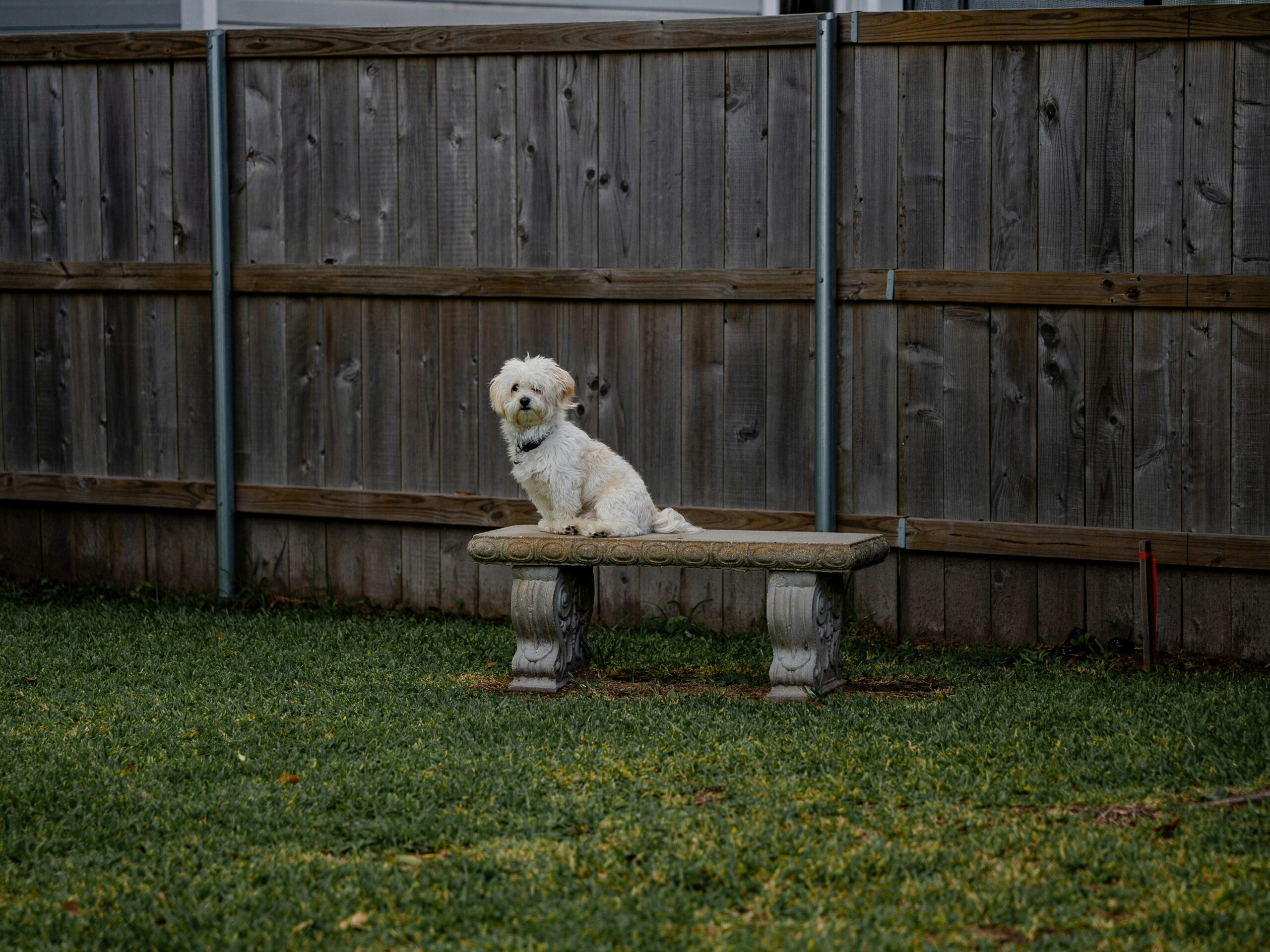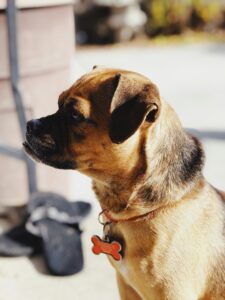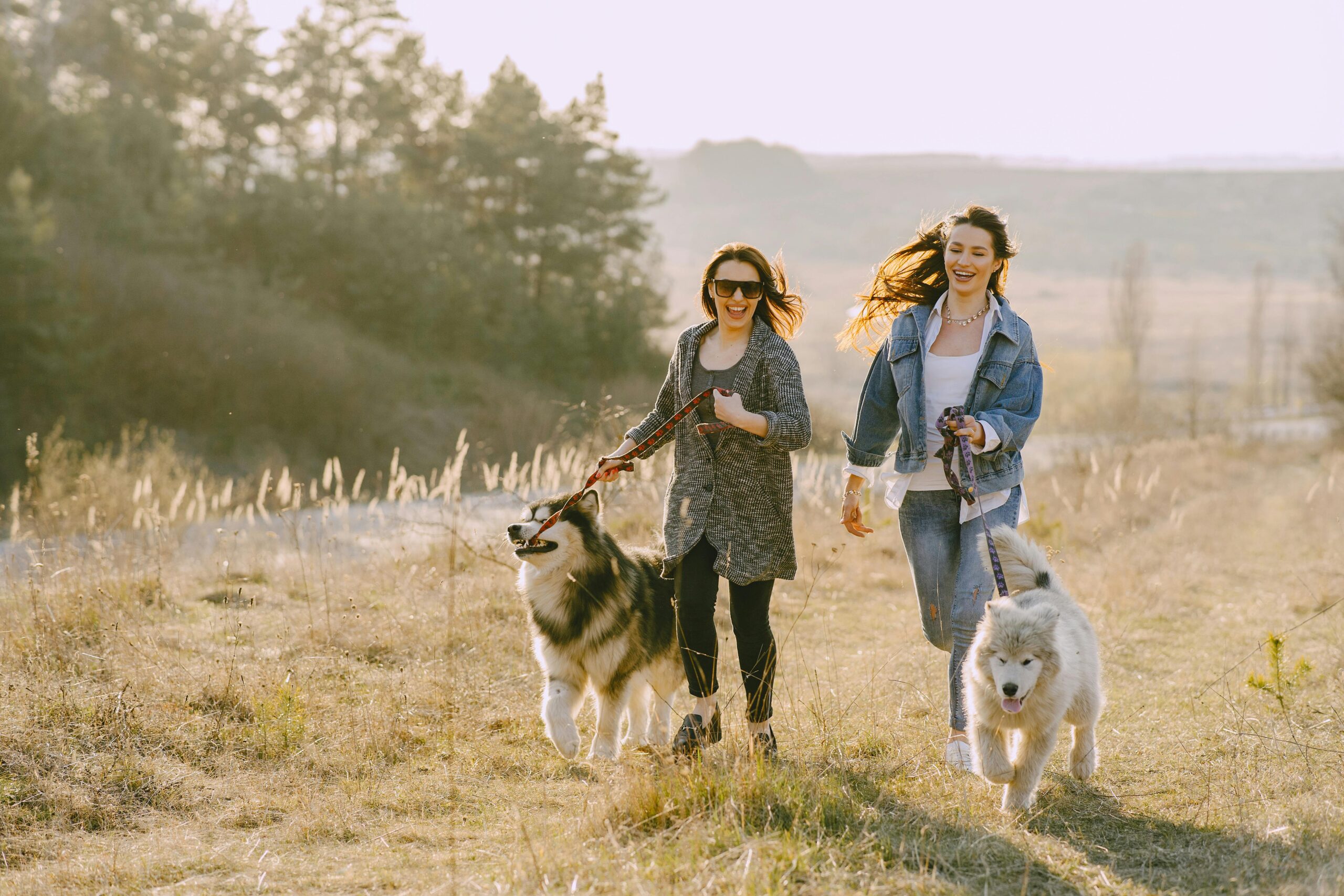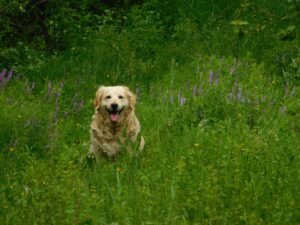Your backyard is your dog’s favorite playground, but in the summer, it can quickly turn into a hazard zone. Between BBQs, energetic kids, open gates, and tempting distractions like food and fire pits, it is easy for even a well-trained dog to get into trouble.
Whether you are hosting a gathering or just letting your dog roam while the kids play, this guide will help you create a safer, more structured environment that supports your dog’s training and well-being.
Why Backyard Safety Matters in Summer
Backyards are full of freedom, but they are also full of surprises. Unsupervised dogs can:
- Dart through open gates
- Snatch dropped food that may be dangerous
- Jump on guests or children
- Get overstimulated and ignore commands
- Burn paws on hot patios or grills
Establishing safe zones and routines not only prevents accidents but also reinforces your dog’s obedience in real-life scenarios.
Backyard Hazards to Watch For
BBQ foods
Grilled meats can be irresistible but dangerous. Bones, greasy leftovers, and seasonings like onion or garlic can cause digestive issues. Make sure food is never left unattended within reach.
Fire pits and grills
Open flames and hot surfaces can quickly lead to burns or injury. Train your dog to keep a safe distance and consider using barriers when needed.
Open gates
It only takes a second for a guest or child to leave a gate unlatched. Combine hardware solutions like self-closing hinges with training that reinforces boundaries.
Kids at play
Loud noises, running, or ball-throwing can overstimulate dogs. Even friendly pups may react unpredictably to chaotic energy.
Yard chemicals
Fertilizers, pesticides, and bug sprays may linger on the lawn. Always make sure any lawn treatment products are pet-safe and applied well before dog playtime.
Tips to Make Your Backyard Dog-Friendly
Here are practical steps to create a space that encourages fun and focus:
- Create a designated dog zone with shade, water, and toys
- Use training commands like place, off, and leave it during gatherings
- Set up gates or fencing to block off food prep areas
- Limit access to high-distraction moments like when guests arrive
- Use a leash or long-line for dogs still learning recall or impulse control
Teaching your dog to settle around backyard distractions is a great way to reinforce skills learned in our Basic Obedience Training for Reactive Dogs, especially for dogs who get excited around people, food, or sudden noises.
Training Spotlight: Place Command for Backyard Control
The place command is a powerful tool for managing your dog’s behavior in stimulating environments. It teaches your dog to go to a specific mat, bed, or platform and stay there until released.
It works well for:
- Outdoor meals and BBQs
- Guests coming and going
- Preventing counter-surfing or scavenging
- Helping your dog stay focused when activity levels rise
Want to master this skill before adding distractions? Our blog on how to prevent your dog from darting out the door provides a foundation for teaching boundaries and reliable obedience around entrances and exits.
Canine Etiquette for Family Events
Hosting guests with a dog around can be challenging unless your pup is trained to handle it. Keep these best practices in mind:
- Let guests know your dog’s boundaries
- Avoid forcing interactions with kids or strangers
- Provide quiet breaks in a calm area
- Reward calm behavior with treats or praise
- Rehearse common scenarios before the event
With preparation and consistent training, your dog can become a calm and confident presence during social gatherings.
External Resource
For a full list of human foods that are safe or dangerous for dogs, visit the American Kennel Club’s guide on what dogs can and can’t eat.
Final Thoughts
Your backyard should be a safe space for everyone, including your dog. By identifying hidden dangers, reinforcing obedience commands, and managing stimulation levels, you can turn your outdoor space into a training opportunity that supports safety and structure.
Ready to level up your dog’s backyard behavior?
Contact us today to schedule a training consultation tailored to your dog’s needs and your lifestyle.




